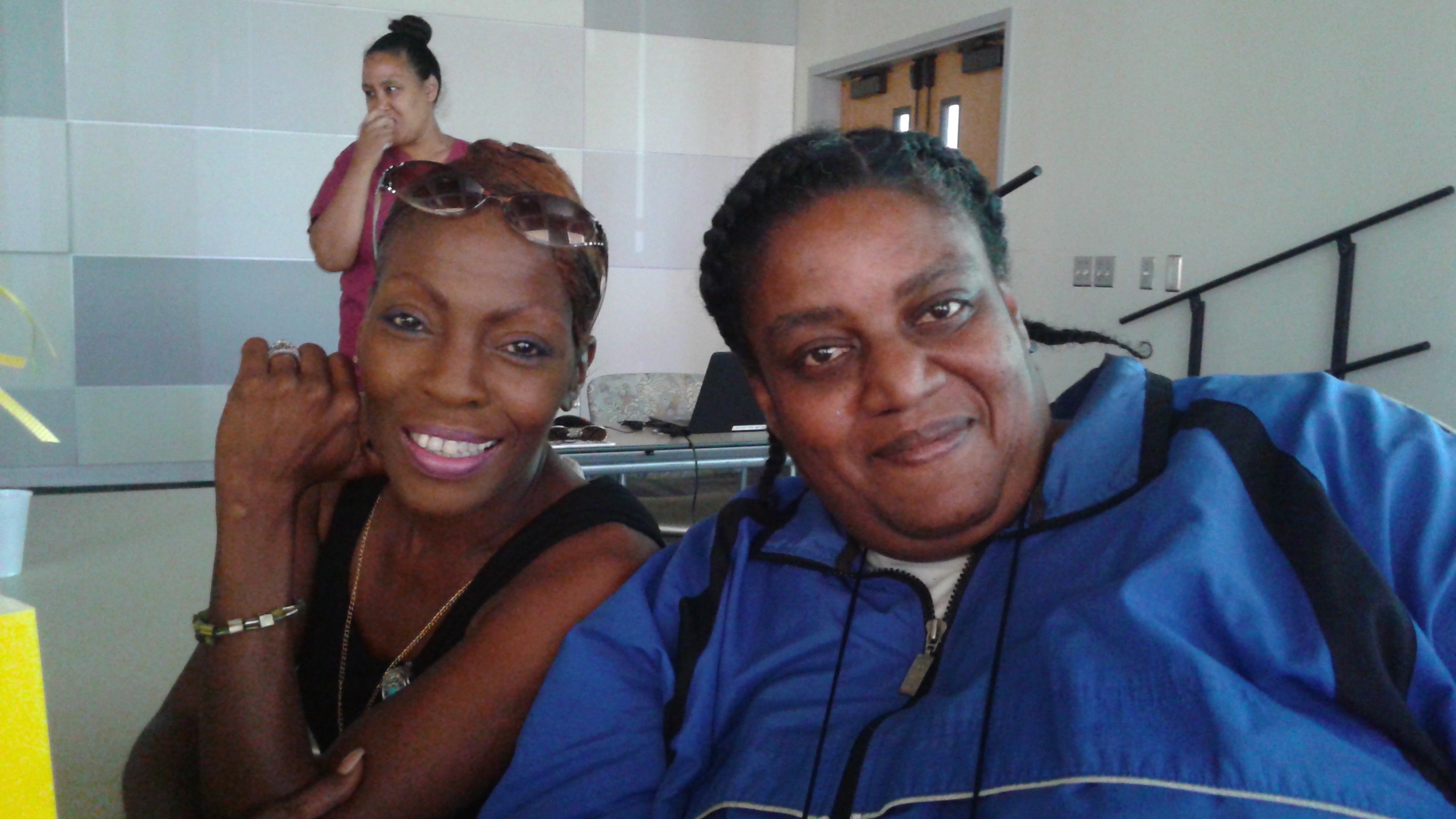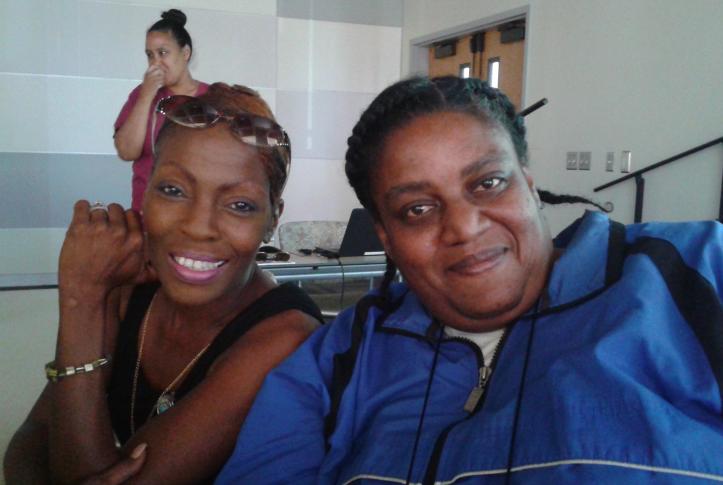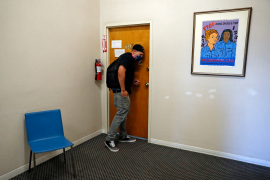By Brian Schilling
For certain patients, the thing that often gets in the way of receiving high-quality health care is simply being sick. Or rather, being very sick. Going to the doctor—unfamiliar, unpleasant, and confusing in the best of times—can be downright unmanageable for individuals facing overlapping and/or complex health conditions: How will I get to the doctor? What will they find? What will I have to do? How will I remember it all when I feel so terrible?
This subset of very sick patients gets a lot of attention in medical circles for the simple reason that the care they receive is extremely expensive. They are referred to properly as high-need, high-cost patients. They are among the 5 percent of patients who account for about 50 percent of health care spending, much of it on ineffective or inefficient care. It’s an article of faith among many in the health care world that if we could just improve care for this group, we could save an enormous amount of money.
But how, exactly?
To be sure, there’s no easy answer. By definition, high-need patients typically suffer from three or more chronic conditions, and also have some sort of functional limitation that interferes with basic daily activities. Pair that with cultural, social, economic, or other challenges and it is easy to see why such patients might be unable to engage with health providers and get needed treatment.
There are more high-need patients than you might think: nearly 12 million Americans fit into this category. Many of them have trouble getting the right care at the right time. A recent Commonwealth Fund survey of high-need patients found that 44 percent reported delaying care in the past year because of an access problem such as lack of transportation to the doctor’s office, limited office hours, or an inability to get an appointment quickly enough. These problems can ultimately lead to more and more expensive care.
Collectively, high-need patients account for more than $120 billion in health care spending each year. But for all the money spent on their care, by most estimates these patients are not always receiving the best care. To get a better sense of why that might be so, imagine a well-meaning doctor stepping into the batter’s box to stare down whatever illness might be thrown across the plate only to find four other doctors all crowding the same space, all swinging wildly at other pitches. It’s not a scenario that leads to good medicine.
Efforts to improve the lot of the high-need patient are still being tested and evaluated. Team-based initiatives with case managers such as social workers or nurses working within a medical home setting show some promise. More recently, a handful of programs have taken a different tack, emphasizing relationship-building and focusing more intently on meeting patients’ nonmedical needs outside the doctor’s office. These programs typically pair patients with a dedicated care coordinator, who may or may not have extensive medical training, but knows the system well enough to help patients navigate it. Importantly, these care coordinators also typically know how to advocate on behalf of patients for housing, mental health, legal, nutritional, transportation, and other nonphysical needs. They typically spend part of each day in the field and are quick to share stories about going shopping with patients (to buy undergarments, for instance), helping fill out paperwork (to apply for Medicaid), or simply driving patients to and from appointments. Patients usually love their care coordinator and the feeling is often reciprocated.
What follows is the first profile in a three-part series that looks at some of the patients and care coordinators involved these kinds of efforts in Los Angeles, Chicago, and Minneapolis. Their stories speak to the value of this simple, human approach to engaging high-need patients and improving their care.
Tanya, 46, Los Angeles
A Helping Hand for a First-Time Patient
For most of her life, Los Angeles-area native Tanya had little time or use for the health care system. Through her 20s and 30s she mostly felt fine and was too busy getting on with the business of life—jobs, bills, relationships, keeping up with family and church—to bother with going to the doctor.
But later, even as various health issues started to worry her, she could never quite bring herself to find a clinic, even a free one, and check in for a diagnosis. The thought of it was intimidating: How much would it cost? What would they find? What kinds of questions were they going to ask? And how do you talk to a doctor, anyway? It was simply easier not to go.
Then, about 18 months ago, Tanya woke up light-headed and out of breath. She knew she couldn’t put off going to the doctor any longer.
Tanya was extremely lucky that day. At a free clinic on the south side of L.A. she saw a caring and able physician (a Dr. Monroe, she recalls) who diagnosed her with hypertension, cirrhosis, asthma, and high blood pressure. She suddenly faced a textbook full of medical conditions and a hopelessly complex schedule of medications, recommendations, and further tests.
“It was a little overwhelming,” said Tanya. “I knew I wasn’t even going to try to do everything they told me I should do.”
But Tanya was no longer on her own. Unbeknownst to her, that caring physician from the free clinic had referred her case file to a new L.A.-area program called Care Connections, which pairs high-need patients with community health workers tasked with building relationships with their patients, helping them manage their conditions, and showing them how to take advantage of available area resources and support. About 50 such case workers take care of several hundred patients throughout Los Angeles at any given time.
Care Connections Program—Los Angeles
Seeking to save money and improve health care quality, in 2014 the Los Angeles County Department of Health Services launched an innovative program to find out if a small, dedicated group of community health workers could effectively engage and encourage high-need patients to take better care of themselves and to take advantage of available community resources. Wherever possible, the health workers were drawn from the communities they serve. Most had some background in health care or other community advocacy work. But even so, training was extensive (six weeks) and varied, covering everything from recognizing symptoms to medication management to discharge planning and anger management. Community health workers also received extensive training in available housing, legal, transportation, mental health, and other support services to help them better assist patients with corresponding needs. Community health workers are encouraged to build strong personal relationships with their clients and most spend at least part of each day in the field assisting clients or identifying new ones that may benefit from their support.
Staff: 50 community health workers
Patients engaged: About 1,500, or roughly 5 percent of the county’s high-need population
“The relationship piece of what our community health workers do is paramount,” said Heidi Behforouz, M.D., medical director of Care Connections. “That’s how you get people engaged in the system, by showing them that you care and that you can help.”
The day after her doctor’s appointment, Tanya’s assigned community health worker, Deondra Carter, called to introduce herself. Carter, who goes by the name “Ms. Dee Dee” because it’s less formal and easier to remember, is also an L.A.-area native, and the two hit it off immediately. And that’s no accident: Care Connections looks specifically for people like Ms. Carter—who has a long history of involvement in community service and outreach efforts—based on the assumption that a shared background will help foster the relationships that program leaders believe are critical to engaging the patients they seek to help.
“I was surprised she called,” said Tanya. “But I’m so glad. I think she could tell right away that I didn’t really know what was going on.”
Since that initial phone call, Ms. Dee Dee has been a regular fixture in Tanya’s life, helping her navigate the health care system, follow her complex medication schedule, and generally take better care of herself. Among the hardest lessons, says Tanya, was just learning to slow down. But over the past year, she’s made real progress: her blood pressure is a little lower, her asthma is under control, and she says she feels better today than she has in the past five years.

Still, Carter typically accompanies Tanya to the doctor, sometimes even helping to arrange transportation. They’ve been to the supermarket together (for lessons on healthy eating) and have even talked about taking a yoga class together, but that’s an outing that is still some ways off, according to Tanya.
“For now, I’m walking more,” said Tanya. “I like to go around the block to see neighbors.” She also has set some concrete goals for herself, in terms of losing weight and staying on her medications. She’s adamant that all her progress to date would not have been possible without Ms. Dee Dee’s support and friendship.
“She has really been my angel,” said Tanya. “Who knew there was so much to learn about being sick?”
Read more Part II in this series on high-need, high-cost patients in the next issue of Headlines in Health Policy.



